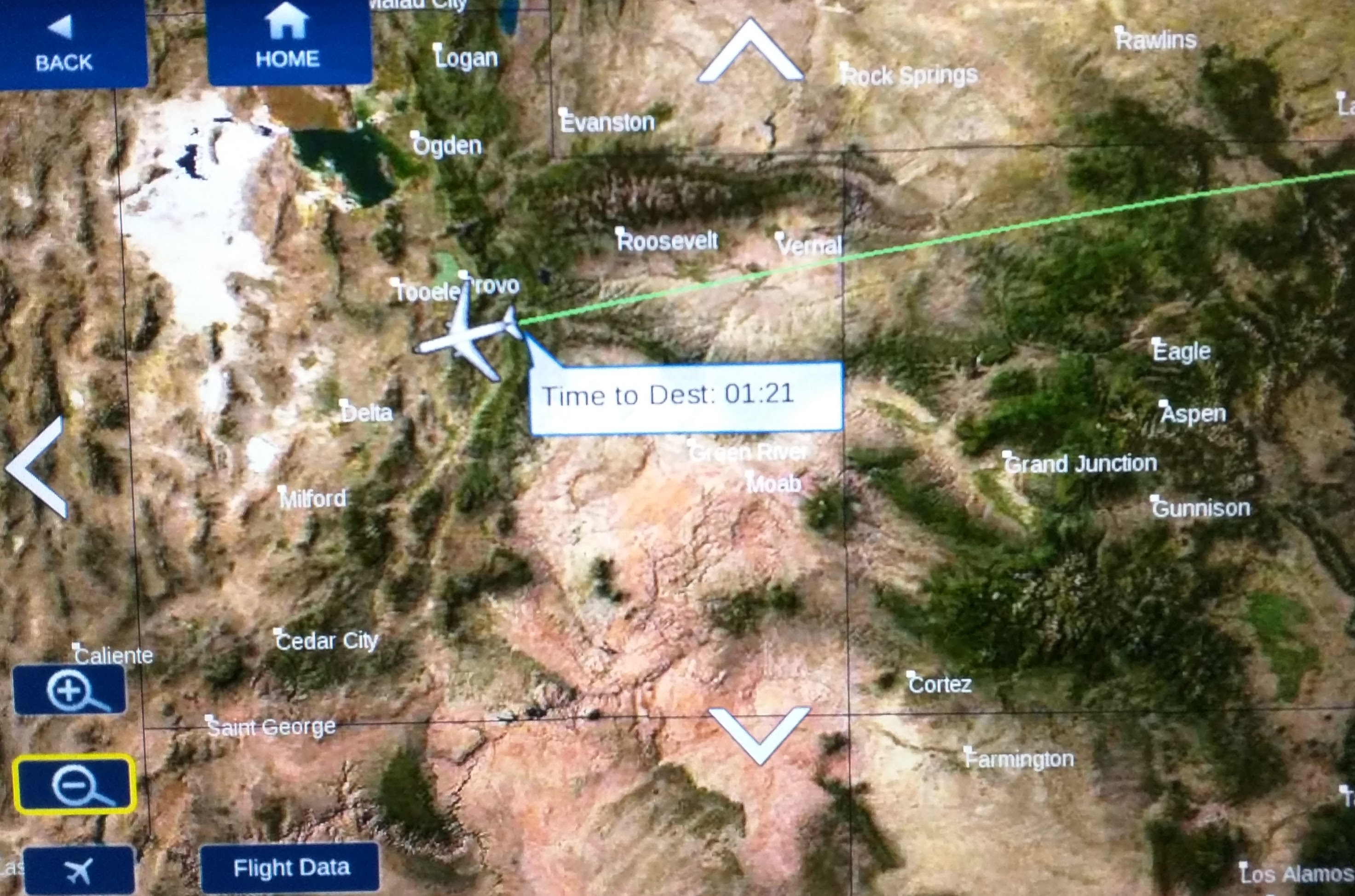Airlines are getting worse, and Slate would have us believe that it’s our fault. And there is truth to the argument that consumers who will happily pay an extra $2 for what they believe to be a superior cup of coffee, or an extra $15 for what they think is a better haircut, might pause before spending $50 extra on a flight.
But I think it’s more than that. The real trouble is that I can’t buy quality. Not reliably, anyway.
Uninformed consumers
When it comes to things where people spend a lot of extra money — a cab instead of the subway, say, or a fancy meal instead of a cheap one — it’s usually easy to understand what the difference is that you’re paying for.
Not so with airlines.It’s not that consumers don’t realize there are differences among airlines. It’s that we don’t know with any clarity what those differences are.
Most consumers fly only occasionally — rarely more than, say, six times a year, which isn’t nearly often enough to have a sense of what the marketplace is like. Nor can you go to an airport and try out the entertainment systems and seats on different airlines, the way you can test-drive cars or sit on furniture in a showroom. And even if I’ve flown a certain airline before and liked the amenities, there’s no guarantee I’ll find them on my next flight.
When I get on Kayak.com to book a flight, I see prices, times, flight durations. That’s all I have to choose from.
Where consumers spend more
There are areas where consumers spend more, and it’s where we know what we’re getting. I haven’t been able to find the data (let me know if you can), but I assume that people often choose direct flights that cost more than flights with layovers — I know I’ve made that choice, and if no one else did, the direct flights wouldn’t be there.
Another way that consumers pay more for comfort is by choosing more expensive but less unpleasant flight times; again, I don’t have the data, but I assume there are reasons of supply and demand behind the higher prices for flights that don’t leave at 6 am or land at 2 am.
Changing what we pay for
If airlines really want to escape the spiral of ever-decreasing prices and ever-crappier service, they’ll need to offer services that are predictable, reliable, demonstrable and worthwhile. For example, if Virgin wanted to be the legroom airline, they would have to guarantee that every seat has the legroom you expect, then charge a premium for it.
Would people pay for the airline that offers meals and legroom and other nice things? Maybe. Building trust will be difficult.
But for now, blaming the consumers is unfair.

